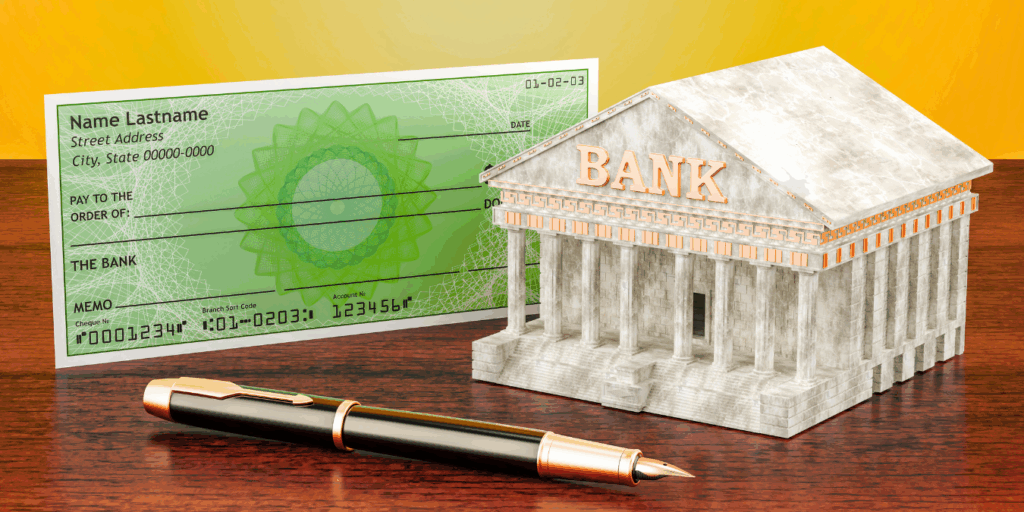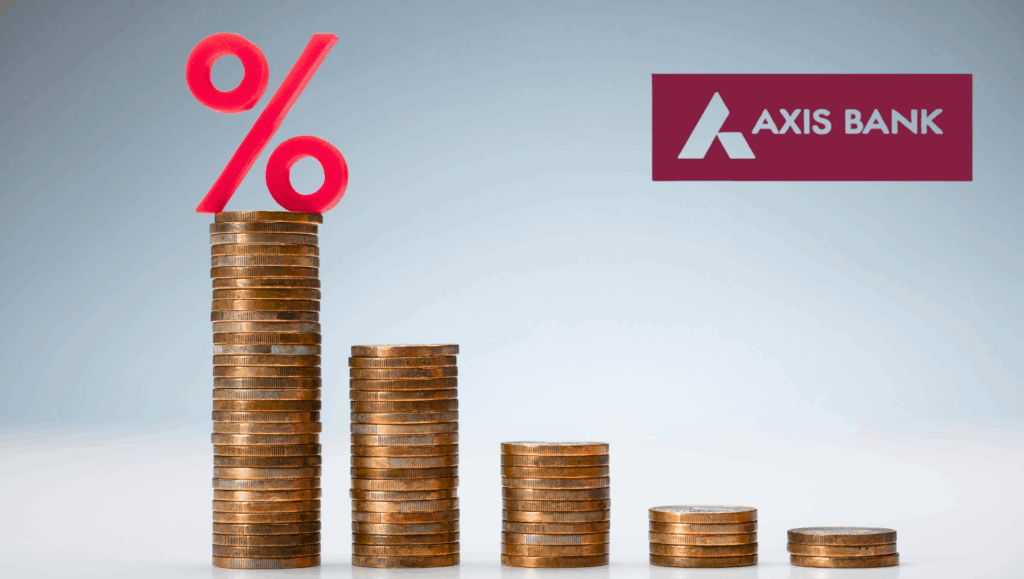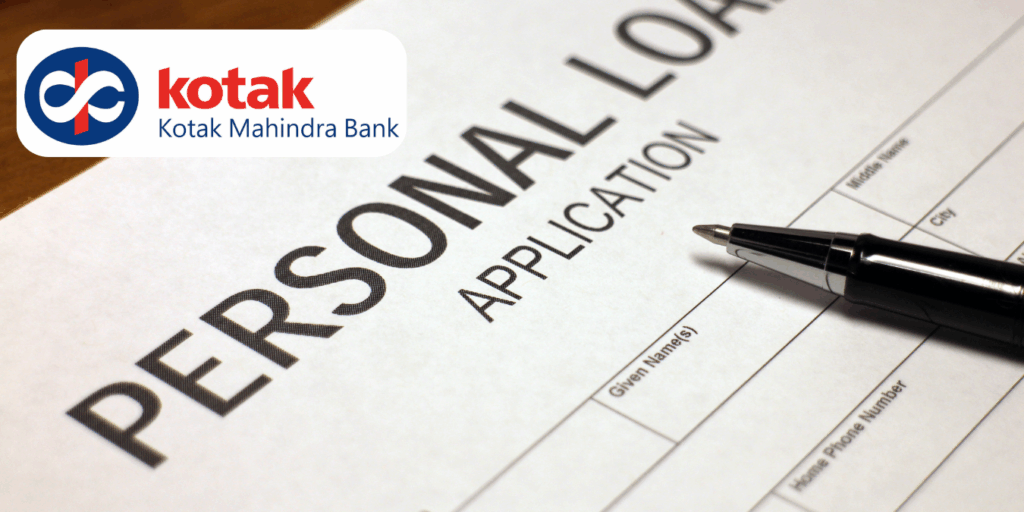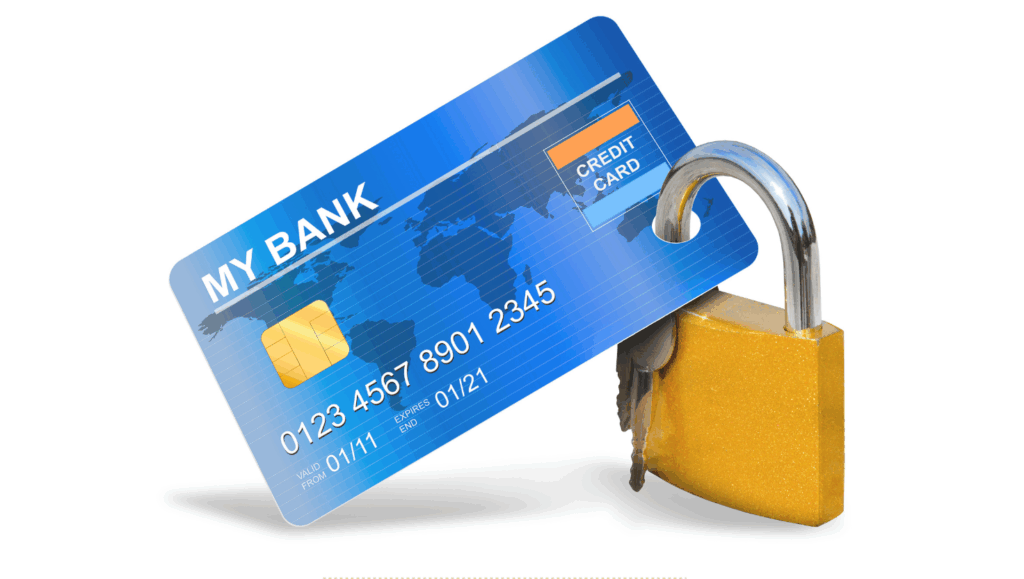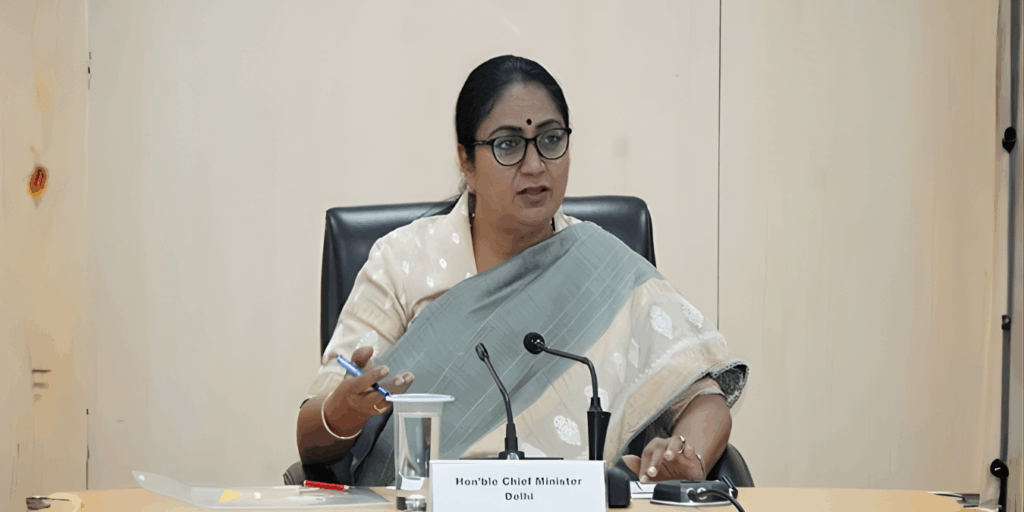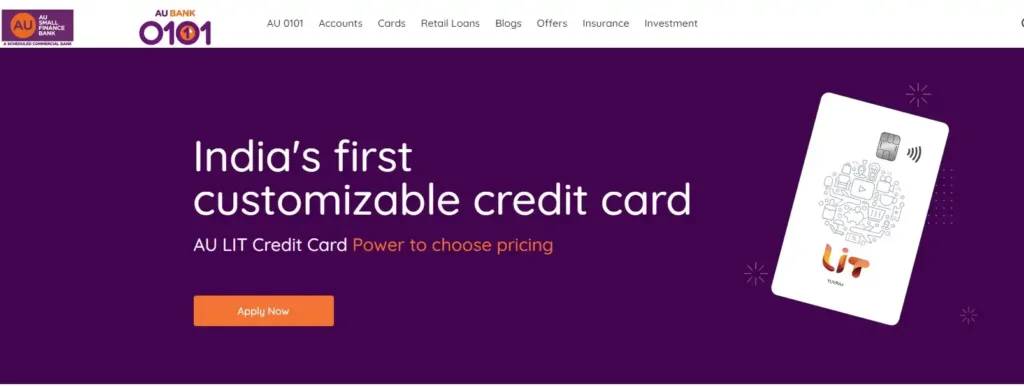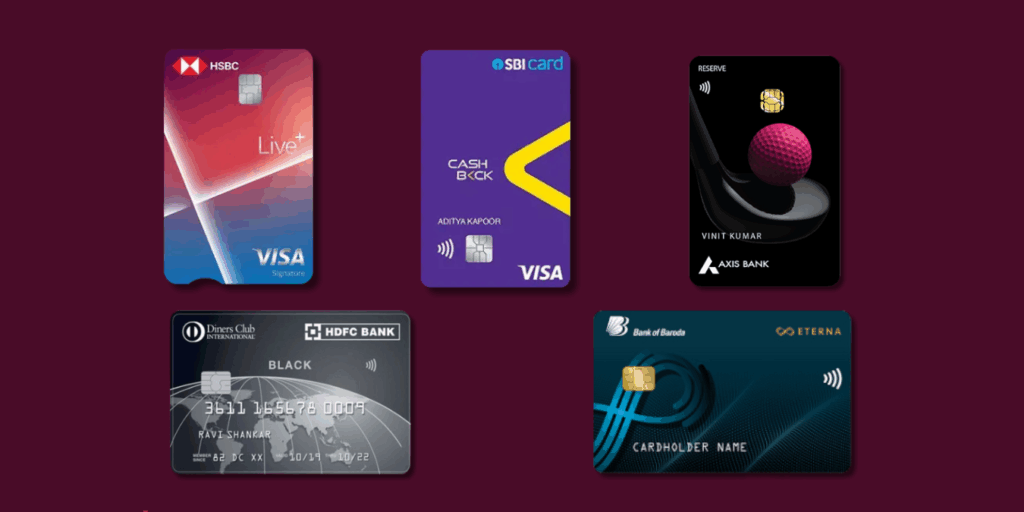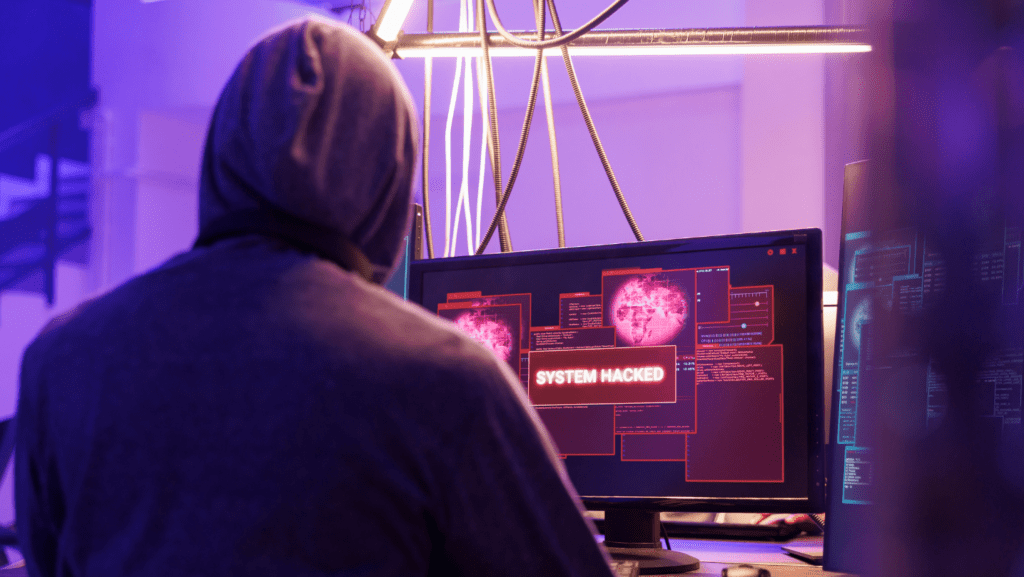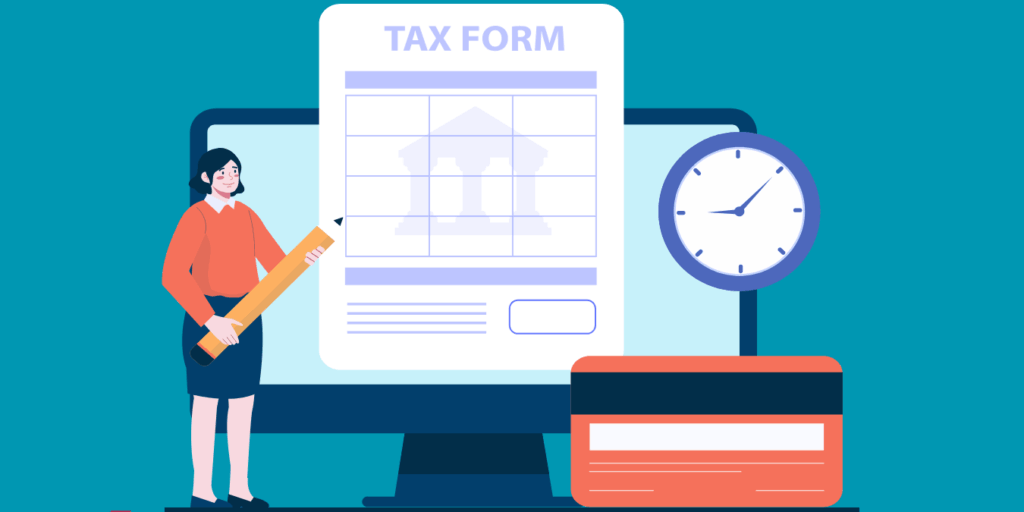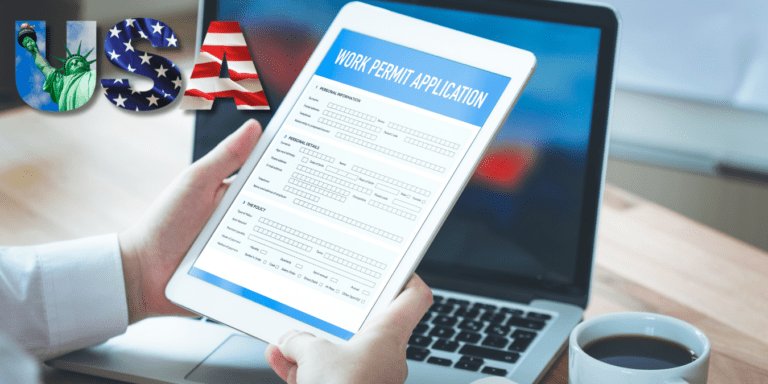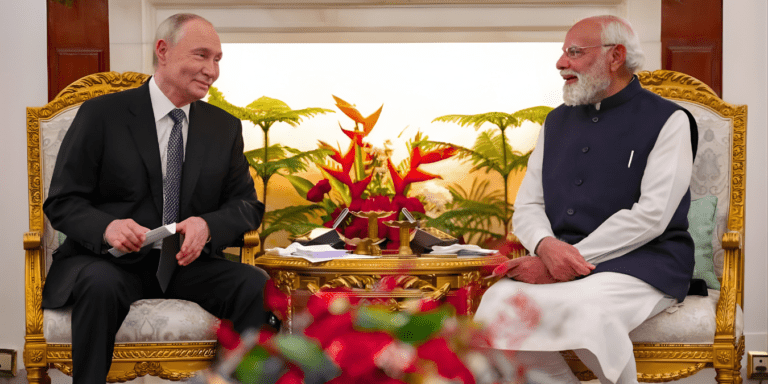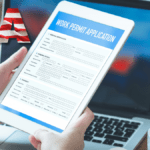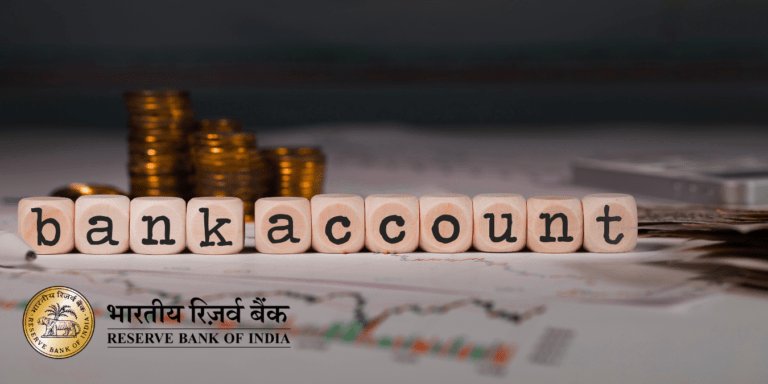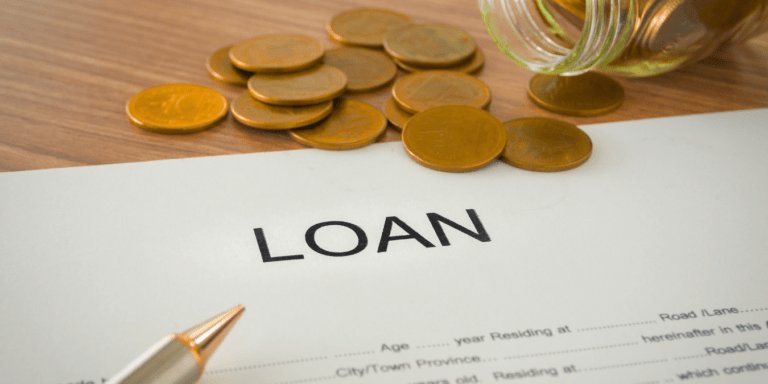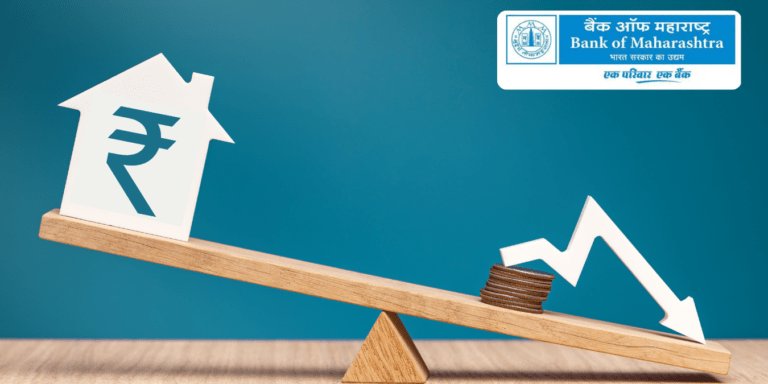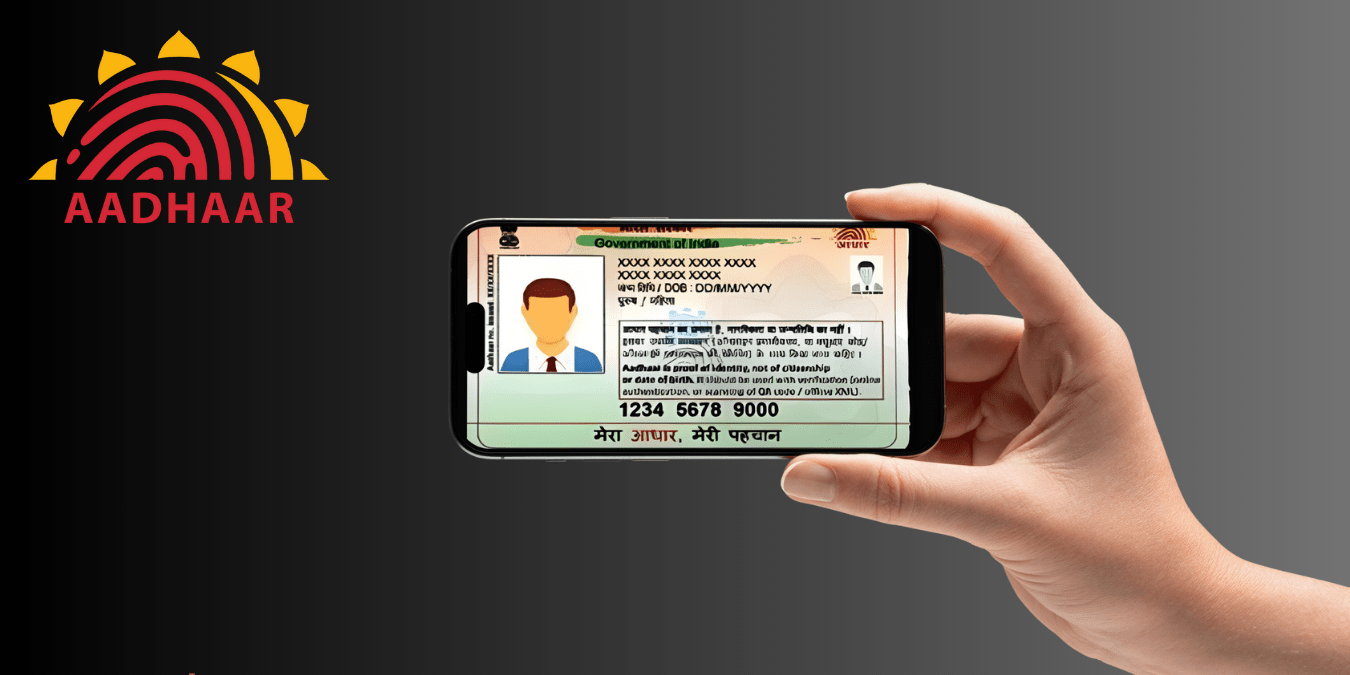
India’s Next Digital Leap: The Smart Aadhaar Upgrade Coming November 2025
Aadhaar is about to get a mind-blowing digital makeover this November 2025! UIDAI’s new online system will let you update your name, address, or phone in seconds—no paper, no queues, no wait. The upcoming Aadhaar app brings a futuristic QR-coded ID that could replace physical documents forever. But the real surprise? One hidden feature might change how India proves identity. Are you ready for the Smart Aadhaar era where your phone becomes your ID? The secret rolls out soon.
In November 2025, a quiet yet revolutionary change is coming to every Indian’s digital identity. The Unique Identification Authority of India (UIDAI) has announced a new online system and revamped Aadhaar app that promises to eliminate long queues, paper forms, and verification delays—all with one simple upgrade.
Picture this: You tap your phone, verify using your PAN or passport, and your Aadhaar details—name, address, mobile number, or even date of birth—update instantly. No branch visits. No scanned documents. No waiting weeks for approval.
Sounds like the future, right? It’s coming sooner than you think.
The Big Shift: Aadhaar’s Smart Future
UIDAI’s upcoming system, set to roll out nationwide in November 2025, isn’t just an update. It’s a full digital transformation of India’s most crucial identity platform.
According to internal updates and government announcements, the move aims to simplify how residents manage and verify their Aadhaar. Whether it’s updating your address after relocation or linking your new phone number, everything will soon be digitally authenticated through trusted IDs like:
- PAN card
- Passport
- Ration card
Gone are the days of uploading blurry utility bills and waiting for “documentation approval.” This system introduces an effortless, paper-free update model where your secondary government IDs become your instant proof.
Why UIDAI Is Reinventing Aadhaar
Behind the scenes, UIDAI’s strategy stems from a clear pain point: complexity.
Millions face hurdles updating Aadhaar details—errors in birth year, address mismatches, or old mobile numbers blocking OTPs. With more than 1.3 billion Aadhaar holders, even minor inefficiencies multiply into national-level frustration.
Key challenges UIDAI aims to fix:
- Slow verification loops: Current manual checks often take 5–10 days.
- Document clutter: Citizens must upload multiple proofs for even minor edits.
- Physical verification dependency: Some centers still require in-person visits.
- Accessibility gap: Non-tech-savvy users struggle with existing interfaces.
By revamping the system and introducing a redesigned mobile app, UIDAI is creating a smoother, faster, and smarter experience—complete with real-time authentication and minimal manual intervention.
Inside the New System: How It Will Work
Here’s a step-by-step glimpse of how Aadhaar updates will change post-rollout:
- Login via Single ID: Users can log in using Aadhaar number or registered mobile.
- Choose Update Type: Name, address, date of birth, or mobile number.
- Authenticate via PAN/Passport/Ration Card: Instead of uploading images, users simply validate through linked databases.
- Instant Verification: UIDAI’s system cross-checks the information in seconds.
- Receive QR-coded e-Aadhaar: Once verified, an updated digital Aadhaar is auto-generated.
This means instant updates with zero document uploads and zero human intervention—powered by secure, AI-backed verification pipelines.
The Revamped Aadhaar App: What’s New
The highlight of this rollout is the upgraded Aadhaar mobile app, redesigned from the ground up. It’s not just sleeker; it’s smarter.
Key Features to Expect:
- Digital QR-coded ID: Each Aadhaar now comes with an embedded, tamper-proof verification QR—valid across banks, airports, and KYC platforms.
- Offline Mode: Users can generate and share a digital ID even without internet access.
- Auto-Sync Updates: Any Aadhaar change reflects across linked services instantly (PAN, EPFO, DigiLocker).
- Biometric Re-verification: The app supports face, fingerprint, and OTP verification for ultra-secure transactions.
- Smart Dashboard: Tracks your Aadhaar usage history for transparency and control.
Essentially, your Aadhaar is transforming into a portable digital identity wallet—accessible, verifiable, and valid everywhere.
Fast, Secure, and Document-Free: A Game-Changer for India
India’s ambition of “Digital by Default” is finally becoming a living reality. With the Aadhaar upgrade, everyday bureaucratic processes—bank KYC, telecom verifications, insurance renewals—will shift towards single-tap digital compliance.
Think of the ripple effect:
- Rural accessibility: Villagers can update data at home using ration card-based verification.
- Migrants benefit: Address updates become fast and portable.
- Senior citizens: No more traveling to enrollment centers for biometric updates.
- Businesses & banks: KYC approvals can happen in minutes, reducing customer dropouts.
This isn’t just convenience—it’s administrative efficiency and cost reduction on a massive scale.
The Security Backbone: How UIDAI Plans to Keep It Safe
Every new digital feature invites the same concern—data security. UIDAI has factored this into the system’s DNA.
Enhanced Safety Features:
- End-to-End Encryption: Every data interaction uses multi-layer encryption compliant with India’s Personal Data Protection framework.
- Zero-storage Verification: The system verifies documents without permanently storing them, reducing privacy risks.
- Dynamic QR Technology: Each digital Aadhaar generates a time-sensitive QR for verification, eliminating forgery.
- AI Fraud Detection: Machine learning will flag irregular update attempts or identity mismatches in real time.
UIDAI is positioning this rollout as the safest version of Aadhaar yet, balancing accessibility with top-grade cybersecurity.
What This Means for Everyday Users
The transformation is not just technical—it’s personal. For most Indians, Aadhaar is the gateway to financial inclusion, subsidies, mobile SIMs, and online verification. A simplified update system means more people can maintain valid, updated, and active IDs easily.
Real-world impact examples:
- Priya from Pune moved cities for work—her address update now takes 2 minutes, not 10 days.
- A senior citizen in Kerala updates a phone number from home using his ration card.
- A college student in Delhi renews Aadhaar-linked hostel admission documents directly via app.
UIDAI’s redesign could redefine how citizens experience governance.
Timeline: What Happens Next
UIDAI’s phase-wise roadmap indicates a three-stage rollout starting this November:
- Stage 1 (Pilot Launch): Limited release for selected states—Delhi, Maharashtra, and Karnataka—for feedback and performance testing.
- Stage 2 (National Rollout): Gradual expansion to all residents by January 2026.
- Stage 3 (Integration Phase): Full integration with EPFO, PAN, DigiLocker, banks, and insurance portals by March 2026.
By mid-2026, most Aadhaar-related processes in India are expected to be 100% paperless.
The “Digital Trust” Factor: A Hidden Shift
Beyond convenience, the real breakthrough lies in something subtle yet powerful—digital trust.
In an era where misinformation and identity theft are digital epidemics, this move signals India’s transition from static IDs to living, self-verifying identities. The revamped Aadhaar system decentralizes authentication—putting verification power directly into the hands of citizens.
This is the hidden change behind the headlines: the Aadhaar system isn’t just evolving—it’s becoming smarter, decentralized, and people-driven.
Why This Matters Now (October 2025 Context)
The October 2025 announcements came at a critical juncture. India’s digital ecosystem is booming post-Digital India 2.0, with banks, fintechs, and government services racing to go app-first.
The UIDAI upgrade fits into this national narrative of “One Identity for All Access.” It aligns with:
- DigiLocker 2.0 integration goals.
- UPI+ verification expansion for cross-app identity use.
- India Stack 2025 upgrade vision.
As the country looks toward a connected economy, Aadhaar’s modernization could cement its place as the ultimate digital bridge between individuals and institutions.
How to Prepare for the New System
If you’re wondering what to do before the November rollout, here’s a quick checklist to stay ready:
- Ensure your mobile number and PAN are linked to Aadhaar.
- Download the current mAadhaar app and keep it updated.
- Recheck all basic identity details for accuracy.
- If your Aadhaar hasn’t been updated in the last 10 years, use the current portal before migration begins to the new one.
- Keep one government ID—PAN, passport, or ration card—handy for digital authentication.
Being prepared means you’ll be among the first to experience seamless, one-tap updates.
The Future: Beyond Aadhaar Updates
Experts predict that UIDAI’s new system could eventually expand to support multi-ID integration, where Aadhaar acts as the backbone for all digital verifications—driver’s license renewals, property verification, or even passport applications.
Several government tech policy think-tanks foresee an interconnected Digital Governance Mesh powered by Aadhaar 2.0, where identity verification becomes seamless across sectors—from hospitals to universities.
In other words, this isn’t just an update—it’s the foundation of India’s next 10-year digital identity vision.
Key Takeaways at a Glance
- Launch Timeline: New online Aadhaar update system + revamped app rollout in November 2025.
- Core Feature: Paperless updates using PAN, passport, or ration card authentication.
- Digital ID: Smart QR-coded Aadhaar for secure, instant verification.
- User Benefits: Faster updates, no physical visits, better accessibility.
- Security: Encrypted, zero-document storage, AI-driven fraud detection.
- Integration Goal: Fully paperless Aadhaar processes by early 2026.
Final Thought
Aadhaar’s next evolution isn’t just about convenience—it’s about control. Imagine never needing to visit a center, scan documents, or worry about expired IDs again. The November 2025 rollout could quietly redefine daily life for millions, slipping into your phone and simplifying everything from SIM cards to bank KYC.
What’s hidden behind this upgrade isn’t just technology—it’s trust. With QR-coded IDs, real-time authentication, and document-free verification, India is on the cusp of a digital identity revolution. But the real question is: when one tap can change your government records, how will this reshape how we define identity itself?
Because in 2026, your phone won’t just hold your ID. It will be your identity.
